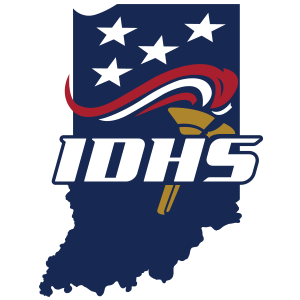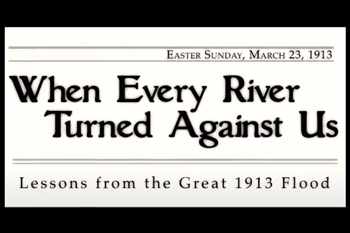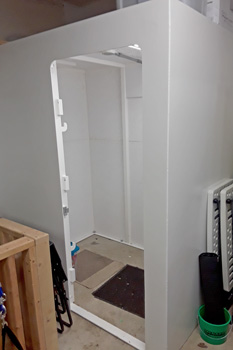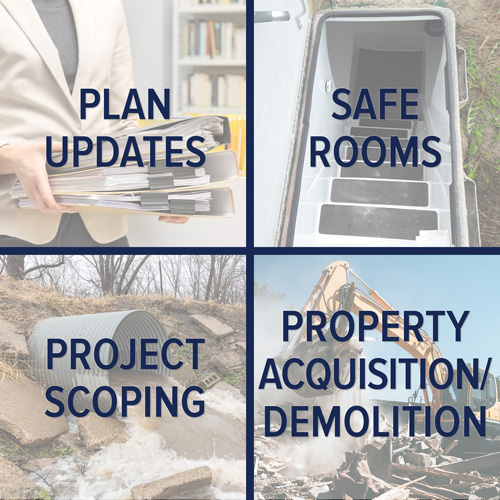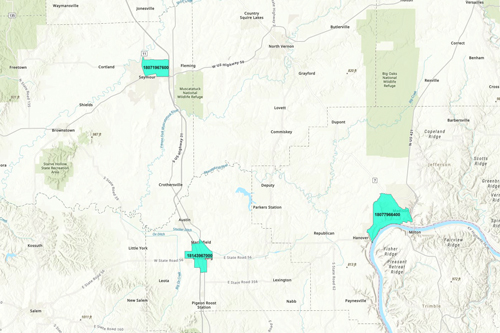About the Mitigation Section
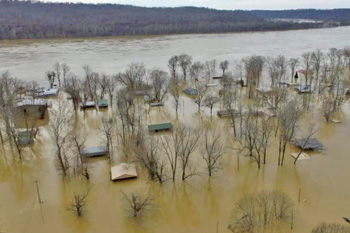

Mitigation is the effort to reduce loss of life and property by lessening the impact of disasters. Every community in the United States is at risk for serious loss of life and/or property due to a disaster, be it tornado, earthquake or flood. Effective mitigation requires that we all understand local risks, address the hard choices and invest in long-term community well-being. Because of the documented magnitude of the costs of these losses, numerous programs have been created to lessen the effects of manmade or natural events, should they occur.
The Indiana Department of Homeland Security hazard mitigation assistance programs are designed to assist states, territories, federally-recognized tribes and local communities in reducing overall risk to the population and structures from future natural hazard events. These programs provide financial and technical assistance to local governments to fund eligible projects to assist not-for-profit organizations, individuals and families to reduce the actual or potential risk of loss of life or property.
The federal share of assistance is not less than 75 percent of the eligible project costs. The grantee/sub-grantee is responsible for the 25 percent local match requirement.
Programs
Want to stay updated on Mitigation programs? Sign up to receive emails when Mitigation updates are available.
Additional Programs and Information
FEMA has designated several areas in Indiana as Community Disaster Resilience Zones (CDRZs), which are at-risk and in-need jurisdictions. FEMA makes these localities eligible to receive technical assistance and financial support for projects to help build community resilience to natural hazards, which are becoming more frequent and intense due to climate change. The designations are based on FEMA's natural hazards risk assessment index.
